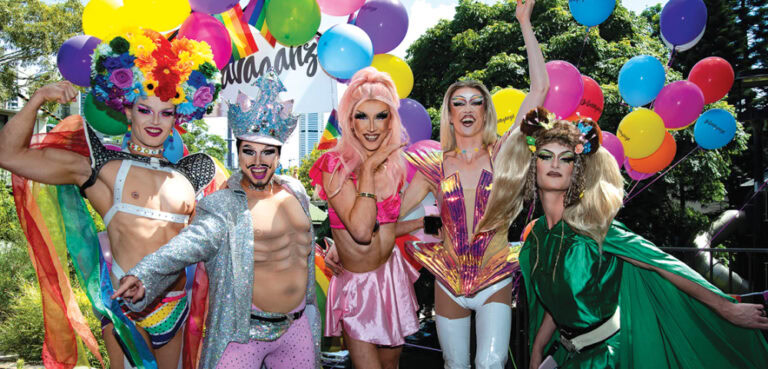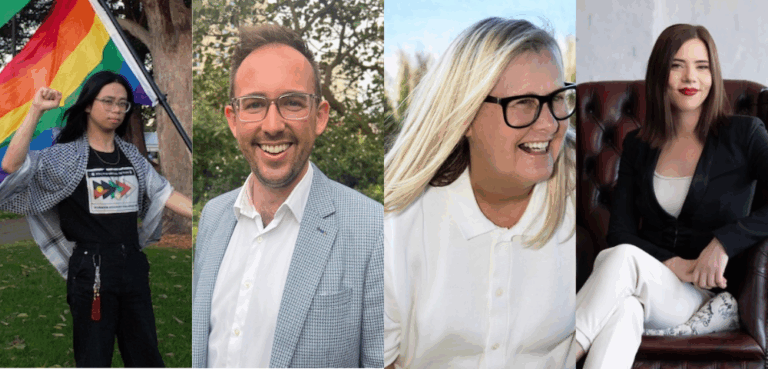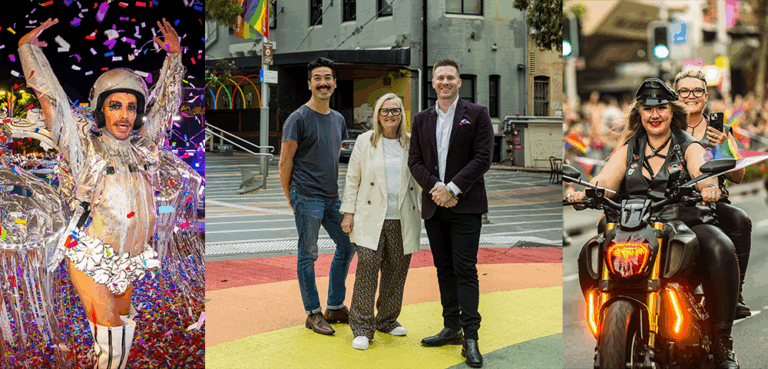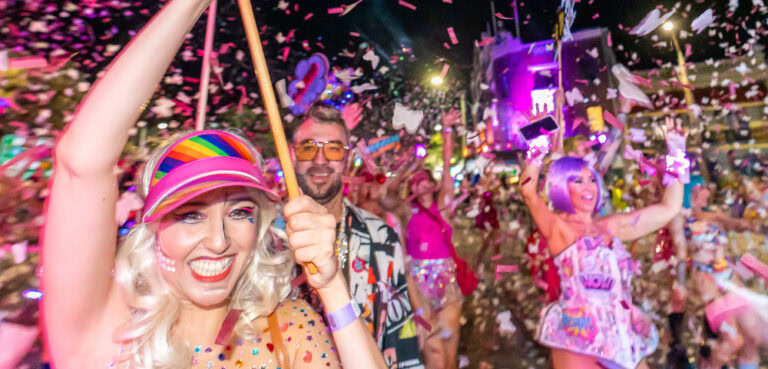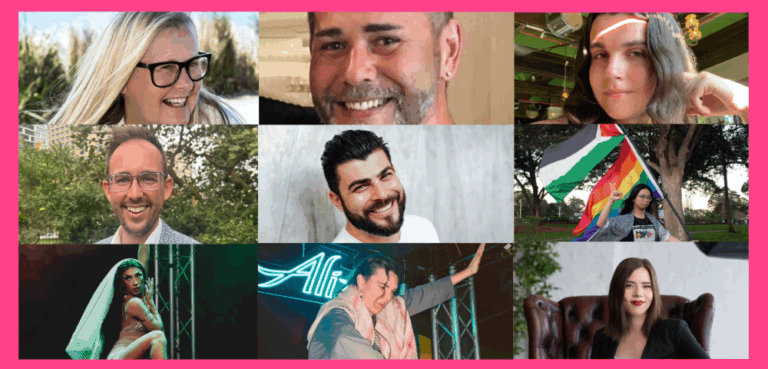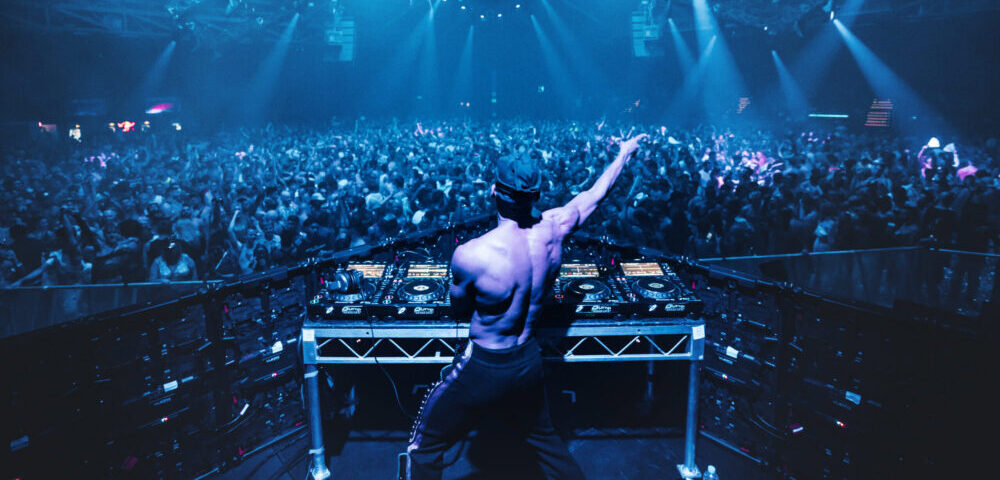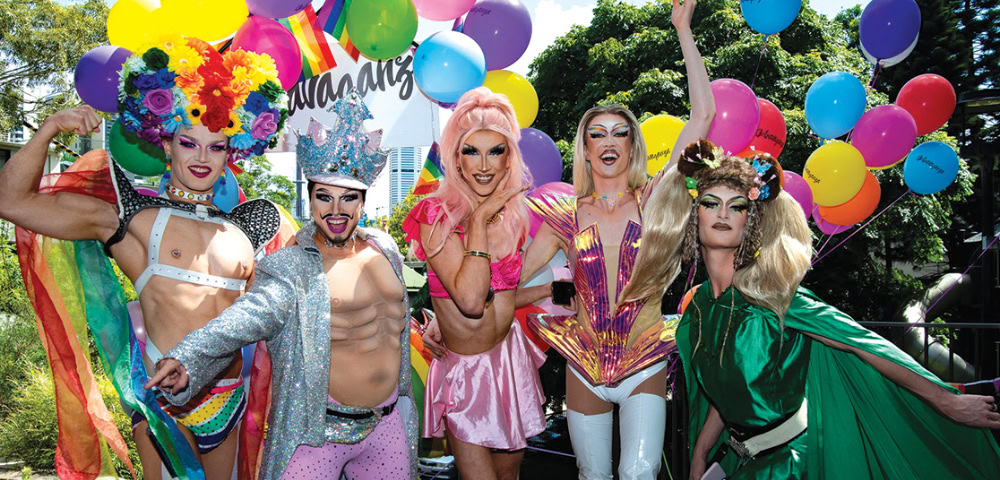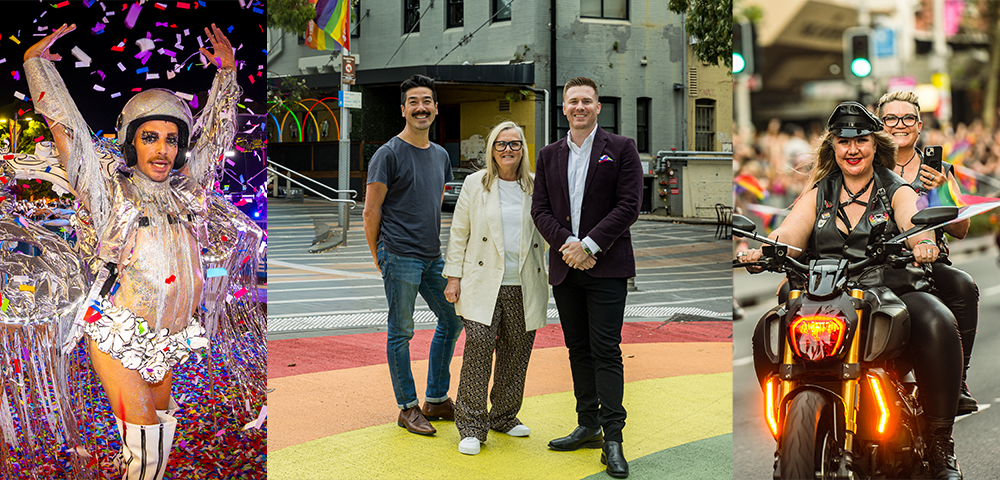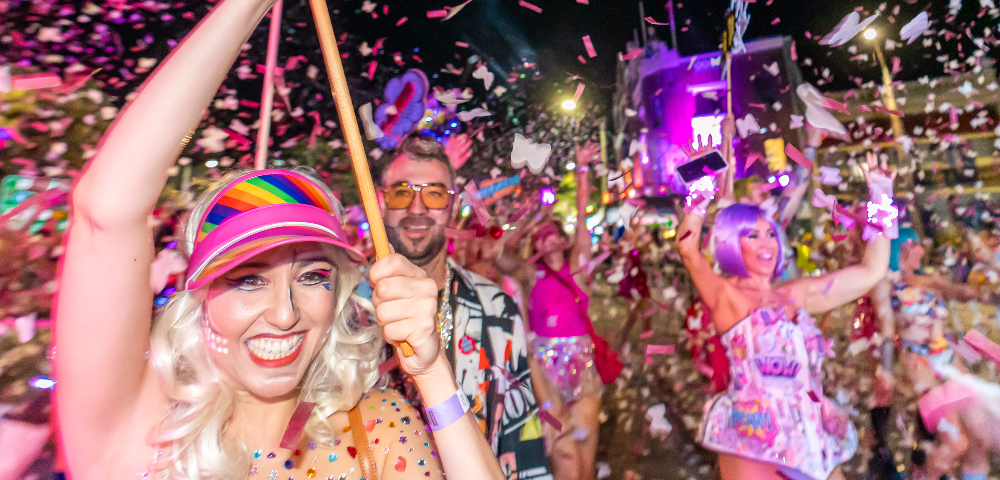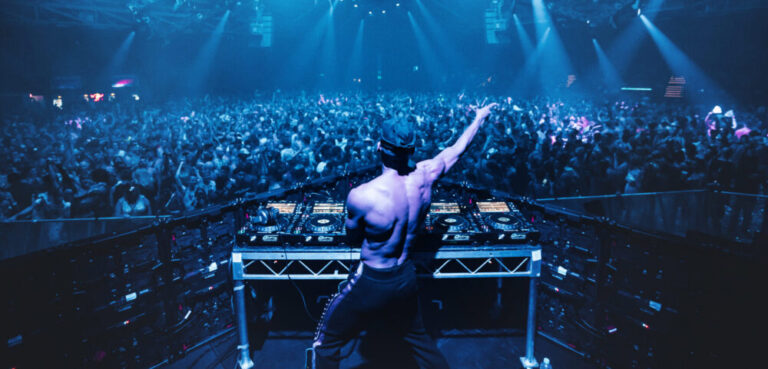
Parading ourselves with pride
As the largest demonstration of gay pride in the Asia Pacific region, Sydney’s Mardi Gras Parade generally attracts 300,000 onlookers with 10,000 participants marching down Oxford St.
So where does our celebration fit in the global scheme of pride festivities? How does our celebration compare to those around the globe and do we register on a global scale?
New York
Beginning one year after the riot of 1969 which sparked the gay rights movement, New York’s annual Pride parade is the oldest march for equality in the world. Symbolically, the parade route passes the Stonewall Inn on Christopher St. Today the parade is seen as a “celebration of our lives and our community”. Held in June, the march is the finale of a weeklong festival, which now attracts around 750,000 people.
Amsterdam
In a city famed for its canals, it seemed logical that, rather than marching through the streets, Amsterdam’s Pride celebration would feature a flotilla of boats. Dubbed a floating canal parade, 75 glittering boats traverse the Prinsengracht and Amstel Rivers. Dating from 1996, the festivities now take place over one weekend at the end of July and are attended by 500,000 revellers.
Manila
Noted as the first city in Asia to host a gay rights march, Manila has kept the tradition going since 1994, with around 2000 people attending the annual event. Held in December, the parade route begins and ends at Rajah Sulayman Park in the Malate area. The current organising committee, Task Force Pride, say they seek “to promote positive visibility for the LGBT community”.
London
One million people attended London’s Pride festivities in 2009. After a two week-cultural festival, the celebrations culminated in free concert performances in central London. Five temporary stages were constructed in the West End, with the main stage in Trafalgar Square. London has certainly come a long way since 2000 participants attended the first Pride rally in 1972. The aims of Pride London are to “promote equality and diversity through all of its campaigns”.
Rio de Janeiro
With stunning beaches facing the Atlantic Ocean, it’s logical that a beach parade is suited for Rio de Janeiro. In recent years, over 1,000,000 people have partied around the trucks, which make their way down Copacabana Beach in October. The parade was first held in 1995 and is now Brazil’s second-largest after São Paulo, where around 3,000,000 attend. São Paulo’ parade is generally acknowledged as the largest Pride parade in the world.
Berlin
The first equality parade in Berlin was staged in 1979. Called Christopher Street Day, after the street in Greenwich Village where the Stonewall riots occurred, the Berlin festivities today attract around 500,000 revellers. The parade itself is held at the end of a month-long cultural festival in June. The floats wind their way down Kurfürstendamm, past Potsdamer Platz and the Brandenburg Gate, ending at the iconic Victory Column.
San Francisco
Held over one weekend at the end of June, the San Francisco Pride parade features 200 floats travelling west along Market St from Beale to 8th St. The San Fran Pride tradition dates back to 1970 when a ‘gay-in’ was staged and is now attended by more than 1,000,000 people. According to the organisers, the aim of the parade is to “educate the world, commemorate our heritage, celebrate our culture, and liberate our people”.
Madrid
Madrid’s Pride parade is staged at the end of a 10-day cultural festival in late June/early July. The colourful march, which now attracts 1,000,000 partygoers, starts at Puerta de Alcala and ends at Plaza Espana. Curiously, Barcelona held its first Pride parade in June 2009, marching from Plaça Universitat along Sepúlveda St to Plaça d’Espanya, and in doing so offers revellers another Spanish option.
Montreal
Montreal’s pride tradition dates back to 1979, when 200 supporters marked the 10th anniversary of the Stonewall riots. Today the Montréal Pride festivities are enjoyed by 200,000 people over four days in August. The Pride parade features 2000 participants who march along René-Lévesque Boulevard East. After the parade, there is an al fresco dance party in Émilie-Gamelin Park. The president of the organising committee said the parade “symbolises our advancements in human rights and our continued work for social acceptance”.
Athens
A relative newcomer to the Pride circuit, Athens first held its Pride celebrations in 2005. The festivities are attracting growing numbers — from a couple of hundred people at first to thousands of supporters now. Held on a Saturday in June, the Pride march starts in the late afternoon, with parties continuing well into the night. A focus of the parade is a 31metre pride flag. Organisers state the reason for their parade is to strive for “absolute equality guaranteed by the constitution”.
